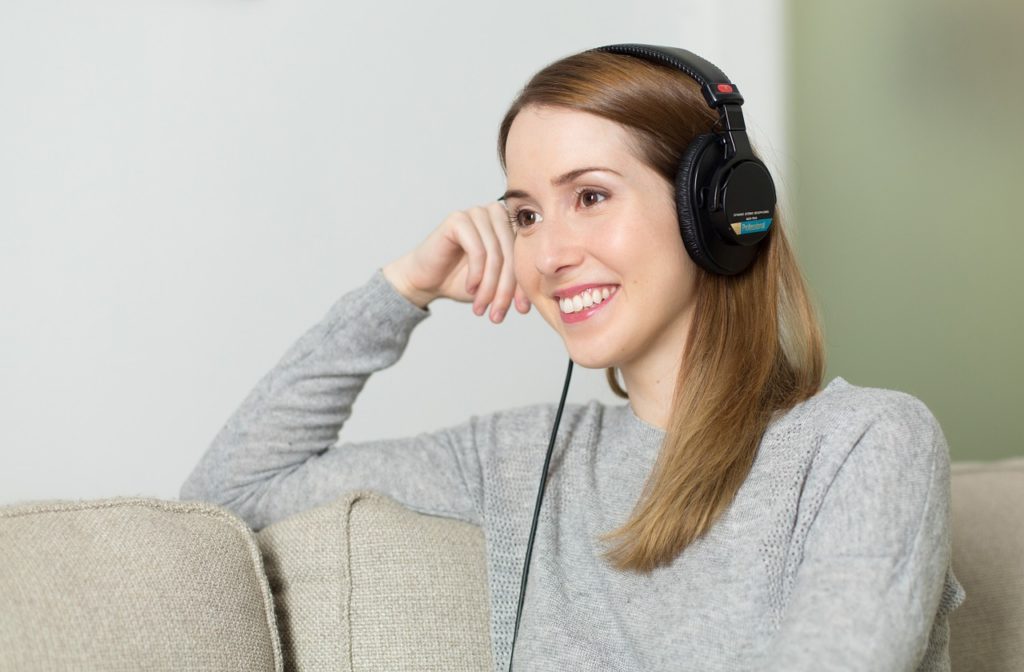
Headphone safety: prevent lasting damage to your ears
By Carol Pavey M.A., Reg. CASLPO, audiologist
Are you wearing headphones while working from home? What about your kiddos while they tune into class time or watch videos online? Headphones can provide much needed privacy and focus, but they should be worn with caution. You only get one set of precious ears.
How loud is too loud?
When wearing headphones, the biggest safety consideration is volume. If a person nearby can hear what is playing in your headset, it’s too loud. The World Health Organization (WHO) recommends the 60/60 rule: up to 60 per cent of your device’s maximum volume for up to 60 minutes.
Check your device for a customized maximum volume setting. This is especially helpful for children—you can lock the maximum volume on their device so their ears don’t get blasted.
Whenever possible, try to wear your headphones in a quiet environment so you aren’t raising the volume to compensate for loud ambient noise around you. Learn how loud is too loud.
Give your ears a break
The length of time using earphones is another important factor that can lead to lasting damage. There is a direct relationship between time of exposure to loud sounds and the potential for damage to the ears. The more earphones are used during a day, the more direct exposure to loud sounds is possible, and the more likely that damage to the ears will occur. Once the delicate cells in your ears are damaged, they cannot be repaired. That damage will last a lifetime.
When you don’t need to wear headphones, remove them. If you must keep them on, give yourself regular breaks. The WHO recommends at least one 5-minute break every hour.
Not all headphones are created equal
Headphones that help block out ambient noise allow for a lower volume setting, which is music to an audiologist’s ears!
- Over-the-ear headphones passively block out ambient noise, though can be large and less comfortable
- Isolating earbuds with rubbery tips also block out ambient noise, and are more portable
- Active Noise Cancelling headsets electronically block ambient noise, allowing for a lower volume setting
- Bone conduction headphones, which sit on the cheekbones transmit sound by creating vibrations to those bones, are safe to wear when the user needs to be aware of the surrounding environment, such as when running or cycling. However the same caution must be used with the volume level from the device.
- Earbuds without a rubber tip are less effective at blocking ambient noise and generally require a higher volume setting.
Keep hearing damage in check
If you’re concerned about your hearing or your child’s hearing because of headphone use or other possible damage, you may want to get a hearing check. Visit our audiology clinic’s webpage to learn more about hearing services.
Learn more about protecting young ears.
Carol Pavey is a registered audiologist in Hamilton Health Sciences’ Audiology Clinic.
